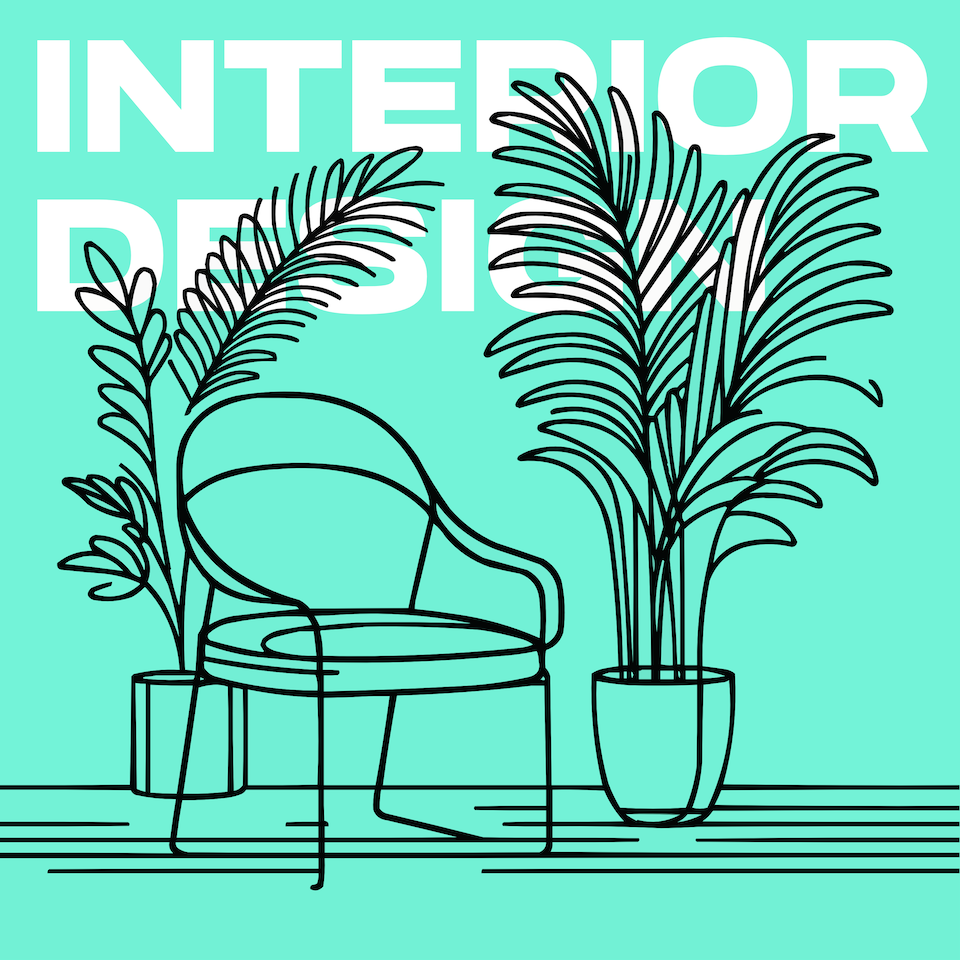The Dance of Dynamics: Exploring Movement in Interior Design
Welcome to another episode of "Interior Design for Beginners," where we delve into the intriguing world of design, offering tips, techniques, and tidbits that empower you to transform your space. Today, we’re exploring a captivating aspect of interior design that often goes unnoticed but plays a crucial role in bringing a space to life – the concept of movement in design. Imagine entering a room where everything feels stagnant. The furniture is neatly arranged, but something feels missing. That’s where understanding the dance of dynamics comes in. Movement in design isn’t about physical motion; it’s about guiding the viewer’s eye through your space in a way that feels almost choreographed. It’s the art of creating flow, energy, and a sense of life within a room. Let’s start with the basics: how do you introduce movement into your design? There are several techniques, but one of the most effective is through the use of lines. Think about the lines created by your furniture, decorations, and even the architectural elements of your space. Diagonal lines, for example, can create a sense of action and movement, drawing the eye across a room, making it feel dynamic. Another powerful tool is the arrangement of objects. By positioning your furniture and decor in a way that isn’t purely symmetrical, you introduce an element of surprise and dynamism. It’s like composing a visual symphony where each piece plays a key role in the overall composition, encouraging the eye to dance from one element to another. Texture and pattern also play a significant role in injecting movement into your design. A mix of materials with varying textures can create a tactile experience that invites exploration. Similarly, patterns, whether in wallpapers, upholstery, or decorative items, can animate a space, adding layers of visual interest that prevent a room from feeling static. Color is yet another ally in the quest for dynamic interiors. Vibrant colors can energize a room, while gradients and ombré effects can simulate motion, adding depth and dimension to walls and furnishings. Imagine a wall transitioning from a deep navy to a soft sky blue, mimicking the sky at dusk. This not only introduces a striking visual element but also creates a sense of movement and progression. Lighting, often referred to as the unsung hero of interior design, is pivotal in creating movement. Strategic lighting can highlight certain areas, cast intriguing shadows, and guide the viewer’s attention through the space, creating a journey that’s both engaging and intentional. But how do you ensure that this dance of dynamics doesn’t turn into chaos? The key is balance. While it’s exciting to inject movement into your design, maintaining harmony and cohesion is essential. This means paying attention to the overall composition, ensuring that while there are dynamic elements, they don’t overwhelm or create a dissonant experience. Think of it as choreographing a dance – every step, turn, and gesture should contribute to a harmonious performance. To wrap up, remember that movement in interior design is about creating a dynamic and engaging space that tells a story and invokes emotion. Whether you’re experimenting with lines, color, light, or texture, the goal is to guide the viewer’s eye and emotions through your space in a way that feels fluid and intentional. So, as you embark on your next design project, consider how you can incorporate these elements of movement to breathe life and energy into your space. Thank you for joining us on "Interior Design for Beginners." Keep exploring, experimenting, and enjoying the process of making your space uniquely yours. Until next time, keep dancing with dynamics in your designs.
Brought to you by Room AI
